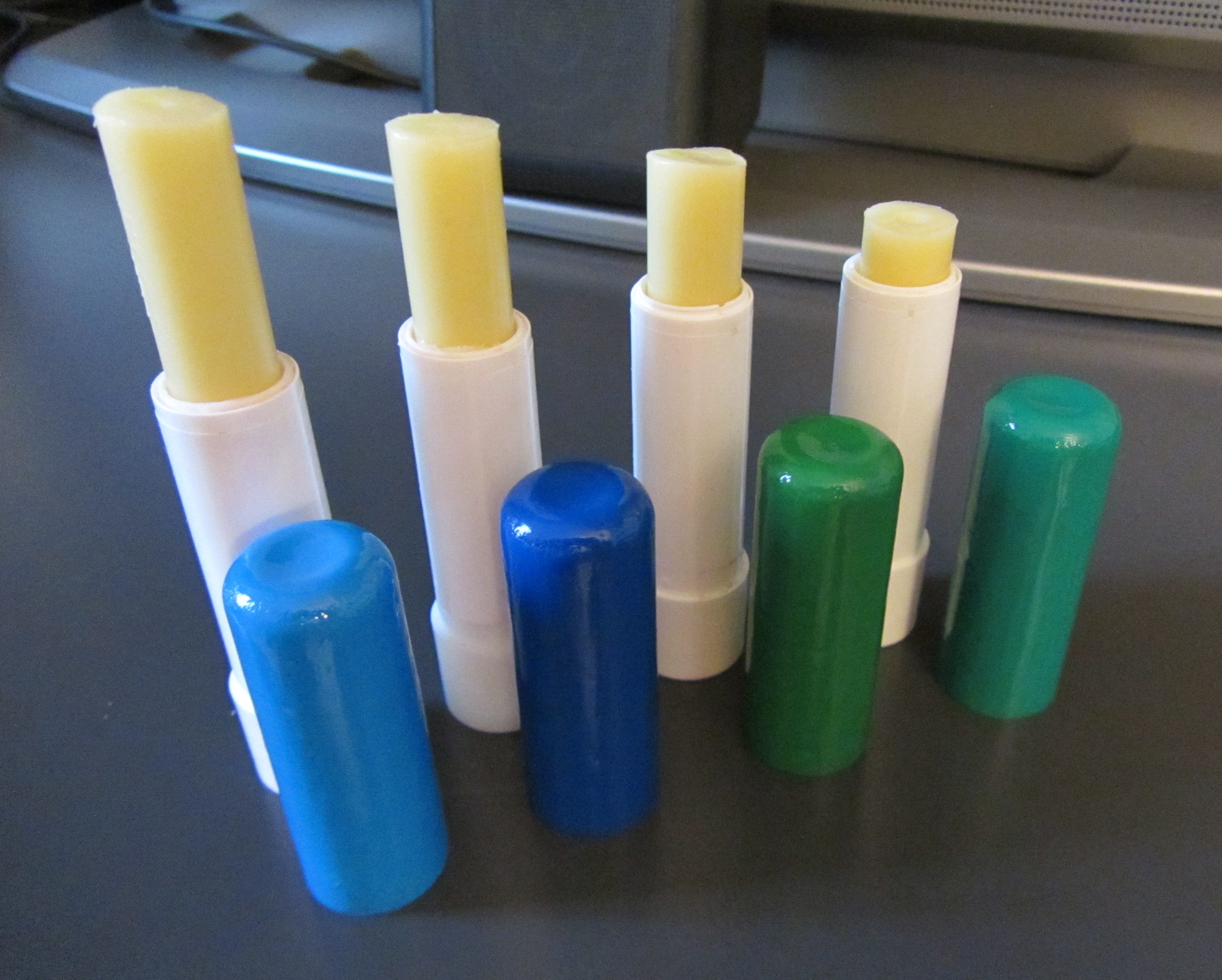The product that you use to keep your lips moisturized- might be poisoning you!
Your favorite chapstick wasn’t always filled with harsh chemicals. The first lip balm was created in the early 1880s in Virginia by Dr. C.D. Fleet. The first chapstick was actually a small candle-stick wrapped in some tinfoil. The creator didn’t think it would pay off so he sold his recipe to John Morton for 5 dollars.
John Morton and his wife made their first lip balm in their kitchen. They used brass tubes to mold it and made it pink. They build a successful chapstick business which they sold to H. Robbins Company in 1963.
T.H Company added flavors to their balm, SPF and in 1985 added petroleum to their recipe, which is the recipe we all know and use today.
Are you really absorbing toxic chemicals from your lip balm?
Active ingredient of the original flavor:
White Petrolatum 45 %
Inactive ingredients:
arachidyl propionate, camphor, carnauba wax, cetyl alcohol, fragrance, isopropyl lanolate, isopropyl myristate, lanolin, light mineral oil, methylparaben, octyldodecanol, oleyl alcohol, paraffin, phenyl trimethicone, propylparaben, red 6 lake, titanium dioxide, white wax, yellow 5 lake
Petroleum
It’s a liquid mixture when refined it’s used for producing gasoline, diesel oil, kerosene and it’s added in your lip balm. A recent study shows the toxic side effects of petroleum ingredients:
“Petroleum based chemicals are being found to cause significant attritional effects to the nervous system and immune system after prolonged exposure. Illnesses identified in the medical research include adult and child cancers, numerous neurological disorders, immune system weakening, autoimmune disorders [and more].”
Carnauba wax
It comes from the leaves of the Brazilian Carnauba palm leaves. Application of titanium dioxide-carnauba wax can cause rashes, dry skin, skin irritation and inflammation.
Isopropyl myristate
It’s an ester of myristic acid and isopropanol. Isopropyl myristate has been used for treating head lice. It kills lice by dehydration. When applied to your lips, it gets absorbed deeply and clogs the pores. It might also choke the supply of oxygen into your skin which results in dead skin.
So instead of applying all those harsh chemicals on your lips, why not make your own, natural and chemical-free lip balm?
Here’s what you need to make it:
- ¼ cup coconut oil or sweet almond
- ¼ cup mango butter or cocoa butter
- ¾ cup beeswax
- 2 drops essential oil, (peppermint, lavender, wild orange, ginger, clove, cinnamon or even rosemary.)
- 1 tsp. cocoa powder
Instructions:
Put the mango butter and coconut oil into a heatproof glass measuring cup. Melt them gently by putting the cup in a pan of gently boiling water. Add the beeswax into the mixture. Mix until everything melts and it’s combined. Once they’re melted, get the cup of the heat but be careful because it will be hot. Let the mixture cool and thicken. Add a few drops of your favorite essential oil and the cocoa powder. Mix until they’re no lumps. Pour the balm into clean balm tubes.

